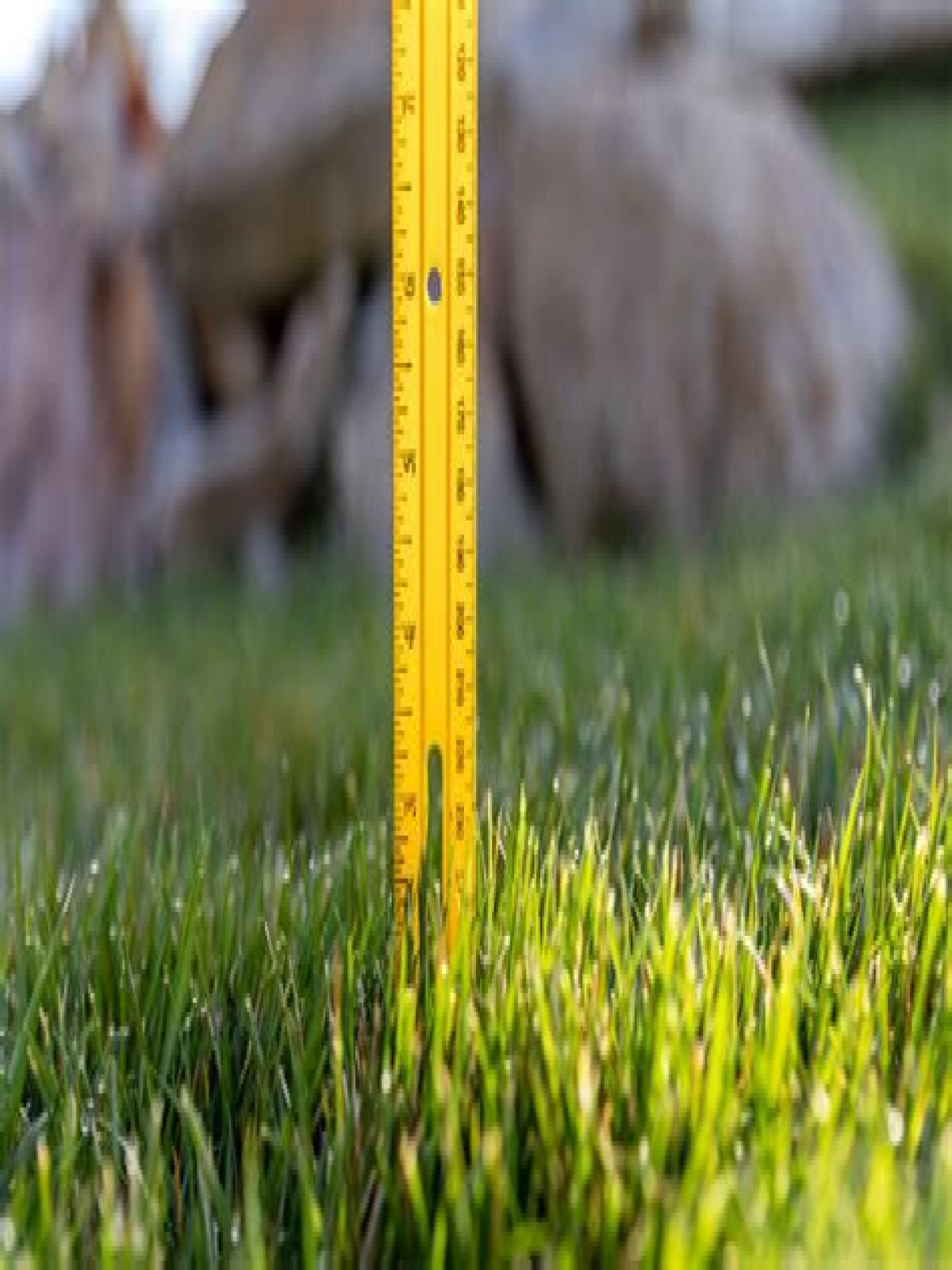- Does grass clippings make good fertilizer?
- How do you make fertilizer from grass clippings?
- Is it better to leave grass clippings or bag them?
- Will grass clippings add nitrogen to soil?
- Do grass clippings make soil acidic?
- Are grass clippings good for tomato plants?
- How to fertilize your lawn with clippings?
- What is the best homemade fertilizer for lawns?
Does grass clippings make good fertilizer?
Fine grass clippings make excellent fertilizer, providing up to 40 percent of your lawn’s needs.
How do you make fertilizer from grass clippings?
Fresh grass clippings are high in nitrogen and potassium. Gather up your clippings next time you mow the lawn, fill a bucket 2/3 full of them, add water and steep 3 days, stirring daily. Fertilizer teas are fast-acting and free. Apply them no more than every two weeks or when your plants need a boost.
Do grass clippings improve soil?
Clippings are a valuable source of nutrients and you can use less nitrogen fertilizer if you recycle clippings to the lawn. Adding organic matter from clippings may help improve your soil if it is sandy, heavy clay or low in organic matter. Regular mowing will greatly reduce the need to collect clippings.
Do dried grass clippings contain nitrogen?
Grass clippings returned to the lawn provide up to 25 percent of your lawn’s total fertilizer needs. Clippings contain about 4 percent nitrogen, 2 percent potassium and 1 percent phosphorus.
Is it better to leave grass clippings or bag them?
Most of the time, mulching your clippings is the best option. You should bag your clippings if the grass is tall, leaves are covering the lawn, or you need to prevent disease and weeds from spreading.
Will grass clippings add nitrogen to soil?
In addition to doing all the things other biodegradable mulches do (retain soil moisture, block light to weeds, improve soil), grass clipping mulch contains so much nitrogen and potassium that it serves as a supplemental fertilizer. It may also deter some pests.
How long does it take for grass clippings to decompose?
Grass clippings left on your lawn after mowing will decompose in 3–4 weeks on average. Within 1–2 weeks the grass clippings will often no longer be visible, because they will reach the soil level and begin to break down. Grass clippings added to compost will break down fully in 1–3 months.
What can I do with grass clippings?
7 Ways to Use Grass Clippings
- Add to Compost. Grass clippings are a great source of nitrogen and break down quickly.
- Use as Mulch in Garden Beds.
- Use As a Mulch for Grass.
- As a Mulch for Planting Containers.
- Make Into a Liquid Feed.
- As a Livestock Feed.
- Layer in a Raised Bed.
- 50 Years of Money-Saving Tips!
Do grass clippings make soil acidic?
Composting of high nitrogen materials such as grass clippings may lead to pHs as high as 8.5-9.5 as ammonia is released. Mixing with leaves will help control this excessive pH rise, as well as reduce ammonia loss.
Are grass clippings good for tomato plants?
Although grass decomposes rapidly in the soil for optimum plant nutrient spread, you may also use the clippings as both a mulch and fertilizer. Initially, you spread the clippings around the tomato plant’s base as a mulch to conserve moisture and prevent weeds.
When should you not bag your grass?
The only time it’s better to bag grass clippings is when your grass is extremely overgrown, meaning the blades are several inches tall. It’s best to still remove only one-third of the grass height per mowing session, gradually reducing the grass to the appropriate height.
Are grass clippings good for vegetable gardens?
Grass clippings make excellent organic mulch for the vegetable garden, flower beds and the kitchen garden as well. Similar to hay or straw, grass clippings smother out weeds, hold in moisture and will break down over time, nourishing the soil.
How to fertilize your lawn with clippings?
Dump the clippings till it is 2/3 full. Less than this limit is going to make it weak, and more than this extent can displace the water. Fill it with water. Avoid brimming. Cover the bucket with a heavy lid and place it in the shade, letting it steep. In 1-2 weeks, your fertilizer will be ready.
What is the best homemade fertilizer for lawns?
Homemade fertilizers made with poultry manure, dry organic fertilizer or grass clippings provide a wider range of nutrients, and you can be as creative as you like in choosing materials. Grass clippings contain quite a bit of soluble nitrogen, so I often add a few handfuls when making liquid fertilizer by the bucket.
What is the NPK of grass clippings?
Depending on the type, growing conditions, and season, fresh grass clippings contain 4 percent nitrogen. They have an NPK ratio of 4-0.5-2. As it is relatively high in potassium, it makes for an excellent contributor to the root vegetables and flowers in their early growth stage.
Is liquid grass clipping tea fertilizer good for fertility management?
But fertility management poses a problem as these options can be limited, bulky, expensive if purchased, or simply unavailable. Contrary to that, you can also use all-natural, liquid grass clipping tea fertilizer because they are organic and pocket-friendly! How to Make Liquid Fertilizer from Grass Clippings?
